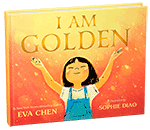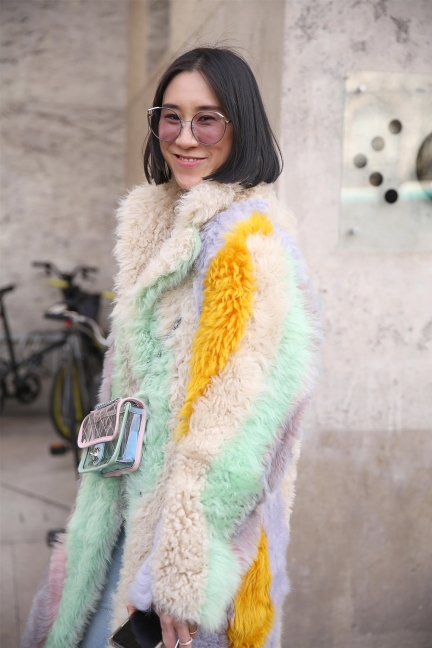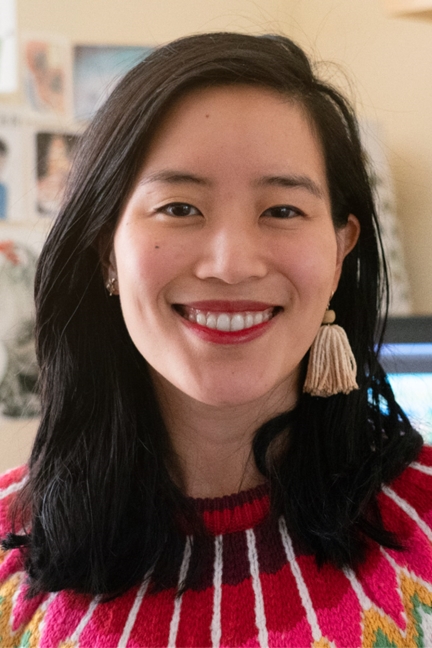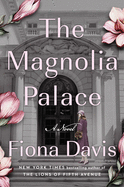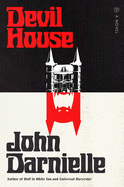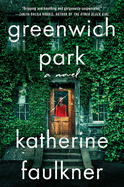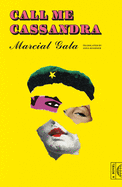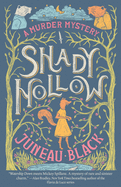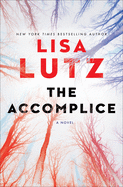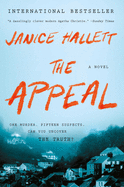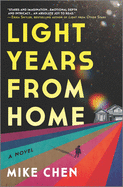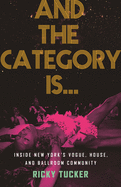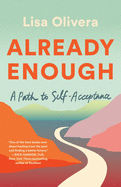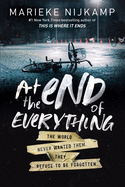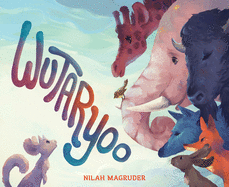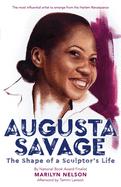_and_Sharon_Nagel_credit_Kat_Schleicher.jpg) |
|
Juneau Black, aka Jocelyn Cole (l.) and Sharon Nagel
|
Juneau Black is the pen name of authors Jocelyn Cole and Sharon Nagel. They share a love of excellent bookshops, fine cheeses and good murders (in fictional form only). Though they grew up separately, if you ask either of them a question about their childhood, you are likely to get the same answer. Shady Hollow (out now from Vintage Crime/Black Lizard, originally published in 2015 by Hammer & Birch), is the first in their series by the same name; the next two installments will follow close on its heels: Cold Clay (March 2022) and Mirror Lake (April 2022).
Why the pen name?
Sharon Nagel: We were both booksellers for a long time, and the problem with two-author books is that they inevitably get shelved in the wrong place.
Jocelyn Cole: The pseudonym Juneau Black is a nod to Milwaukee and the bookstore where we both spent so much time. Juneau is Solomon Juneau, who is one of the founders of the city, and Black is Schwartz [in German, schwarz means black]--we both worked at Harry W. Schwartz Bookshops for years.
What's the origin story?
SN: After Schwartz Bookshops closed and [its flagship store] became Boswell Books, on a slow night, we were pricing finger puppets. They were all these adorable little woodland creatures, and so we decided to give them names and occupations, and we said what if they lived here and did this, and so we wrote a story about them.
JC: And because NaNoWriMo was coming up, we had this idea: What if we just trade off days and see if we could get a novel out of it?
How do two people together write a novel?
JC: I imagine it's different for every team. We were physically at the same bookshop and talking together every day for the first book, so we just sent a Word file back and forth. I would write 1,667 words, because that's what NaNoWriMo suggests you do, send the file to Sharon, and then she'd write the next day and e-mail it back, until we had what very roughly approximated a draft of a novel.
SN: We seem to have the same snarky sense of humor, so it didn't seem like two separate people. It melded pretty well.
JC: There was definitely an editing process after, to glue things together. But I think it speaks to the fact that we are on the same wavelength that when I go back now and read passages from Shady Hollow, I have no idea who wrote what.
SN: No idea.
JC: I do freelance editing, so that was already a little bit in my wheelhouse. I edited the first pass, but we did then hire an editor, to be an objective voice and be sure it was really clean.
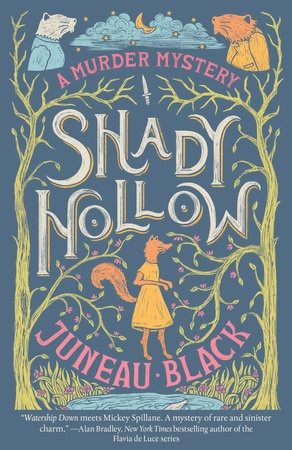 And now you're moving from an independent publisher [Hammer & Birch] to a traditional one.
And now you're moving from an independent publisher [Hammer & Birch] to a traditional one.
SN: It's a simple thing. All you have to do is work in bookstores for 10 years and meet people. No, actually we were very fortunate to have a wonderful publishing rep for Penguin Random House who I've known for many years, and one day he said, "Hey, I'd like to show your work to my bosses," and we were like, "Ha, go ahead!" And fortunately for us they were interested.
JC: It's been a pretty smooth process, because the books were already written and published. We weren't on the hook to complete a novel after making a deal. It was just getting more polished, copyediting again for house style and cleaning up any last remaining edits. And beautiful new covers! It's been really nice to see the difference between doing everything ourselves and having a team, which is just amazing.
And they're publishing all three books!
JC: I think they were excited that they could see what was there already. They weren't just buying an idea; they had read all three books and liked them.
What are the challenges of animal characters versus human ones?
SN: Not so much in the writing, because we're fully invested in the idea of our animals. But when you handsell it to a person and try to explain what it is, you either get immediate enchantment or you get the look that says... I don't want any part of this. Not everybody is really into it, but those that are, are heavily into it.
JC: A lot of people do assume it's for kids, because it's animals, which I understand, but on the other hand it's also murder. They're very anthropomorphic animals, so we're writing them just as we would any character. You occasionally stumble over a word like handkerchief in draft--oh, they don't have hands, they wouldn't have that word. You realize certain terms are so human-centric; you have to work around that.
How did your bookseller careers help you write a successful novel?
SN: I think we can appreciate how important indie bookstores are to a writer's journey. When booksellers love a book, they will sell it to anyone who will stand still long enough. Our biggest cheerleader is Daniel Goldin, the owner of Boswell Books, and we always said, if we just had Daniels all over the country... and now we sort of do. Daniel tirelessly promotes us and other writers--it's what he does all the time, and he does it so well.
JC: It comes from our history of being booksellers and loving books. We've both been through library school. When you're among books for so long, you can see what appeals to people, what takes off, what resonates. When I talk about the books, I often use the high-concept explanations: it's like Knives Out meets Animal Crossing. It's like Redwall meets Agatha Christie. We have all these references that people understand because they're all book people.
What do you love about the world of Shady Hollow?
SN: I like the level of comfort in the surroundings. You feel at home; you know you can go down to Joe's Mug and have a cup of coffee. The murders are there, and they matter, but they're secondary to the characters and the atmosphere.
JC: The fact that it is animals kind of allows people to let go and just relax and enjoy it. You're already accepting this level of fantasy and you can just roll with it. That's very appealing to people, particularly in pandemic times, that there is this little world where the weather is usually beautiful; there's always coffee. There's an occasional murder, but it's fine.
SN: It'll be handled. --Julia Kastner, librarian and blogger at pagesofjulia
Juneau Black: 'It'll Be Handled.'
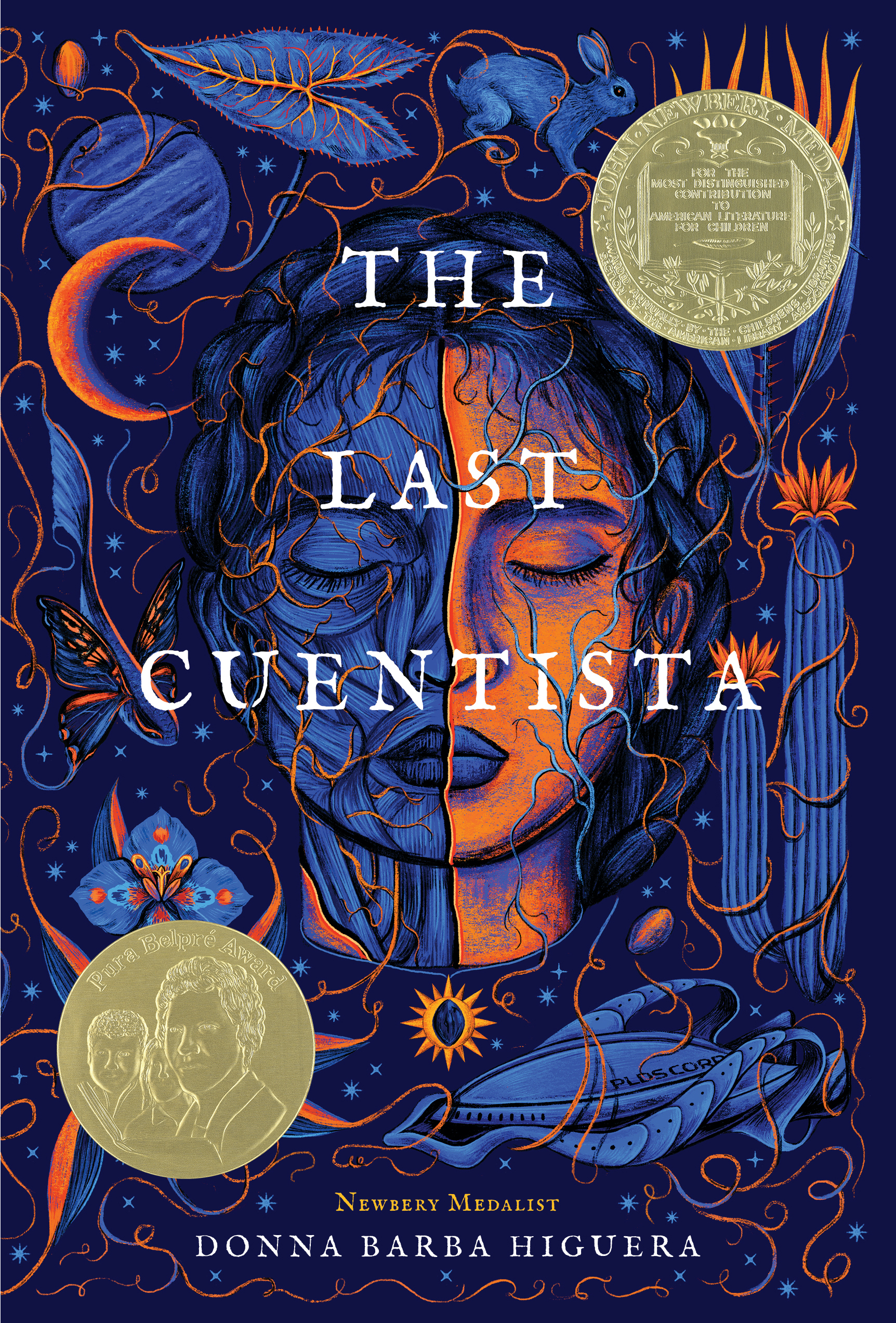
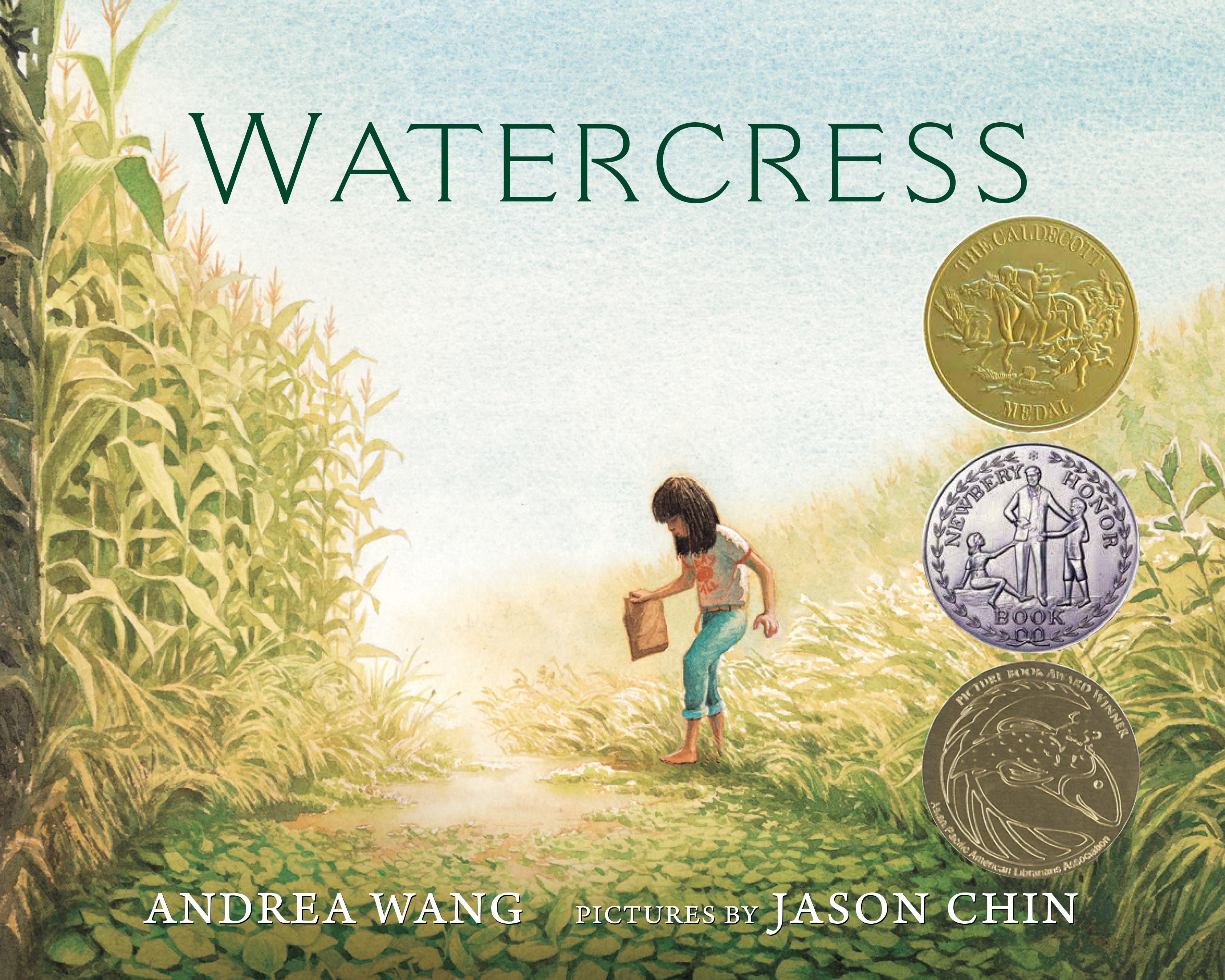 The Randolph Caldecott Medal, awarded "to the artist of the most distinguished American picture book for children," went to Jason Chin for his illustrations in Watercress (Neal Porter Books/Holiday House, $18.99), with text by Andrea Wang. Firekeeper's Daughter by Angeline Boulley (Holt, $18.99) won the Michael L. Printz Award for Excellence in Young Adult Literature; the novel also won the 2022 William C. Morris Award for a debut and was named a 2022 American Indian Youth Literature Award Honor Book.
The Randolph Caldecott Medal, awarded "to the artist of the most distinguished American picture book for children," went to Jason Chin for his illustrations in Watercress (Neal Porter Books/Holiday House, $18.99), with text by Andrea Wang. Firekeeper's Daughter by Angeline Boulley (Holt, $18.99) won the Michael L. Printz Award for Excellence in Young Adult Literature; the novel also won the 2022 William C. Morris Award for a debut and was named a 2022 American Indian Youth Literature Award Honor Book.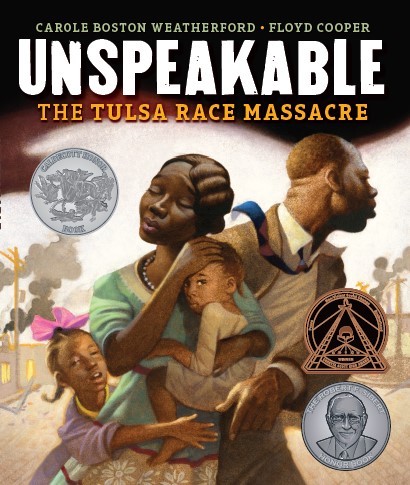 And for more wonderful children's/YA books, check out the Coretta Scott King Book Award winners, also presented on Monday. Nikki Grimes received the Virginia Hamilton Lifetime Achievement Award; the committee noted, "After more than 77 books, she has sealed her legacy by weaving poetry and novels in verse into an impressive body of work." Unspeakable: The Tulsa Race Massacre by Carole Boston Weatherford, illustrated by Floyd Cooper (Carolrhoda Books, $17.99) won both the CSK Author Award and CSK Illustrator Award; the Coretta Scott King/John Steptoe Award for New Talent went to Amber McBride for Me (Moth) (Feiwel and Friends, $18.99) and to Regis and Kahran Bethencourt for their photography in The Me I Choose to Be (Little, Brown, $17.99). --Siân Gaetano, children's/YA editor, Shelf Awareness
And for more wonderful children's/YA books, check out the Coretta Scott King Book Award winners, also presented on Monday. Nikki Grimes received the Virginia Hamilton Lifetime Achievement Award; the committee noted, "After more than 77 books, she has sealed her legacy by weaving poetry and novels in verse into an impressive body of work." Unspeakable: The Tulsa Race Massacre by Carole Boston Weatherford, illustrated by Floyd Cooper (Carolrhoda Books, $17.99) won both the CSK Author Award and CSK Illustrator Award; the Coretta Scott King/John Steptoe Award for New Talent went to Amber McBride for Me (Moth) (Feiwel and Friends, $18.99) and to Regis and Kahran Bethencourt for their photography in The Me I Choose to Be (Little, Brown, $17.99). --Siân Gaetano, children's/YA editor, Shelf Awareness


_and_Sharon_Nagel_credit_Kat_Schleicher.jpg)
 And now you're moving from an independent publisher [Hammer & Birch] to a traditional one.
And now you're moving from an independent publisher [Hammer & Birch] to a traditional one. 